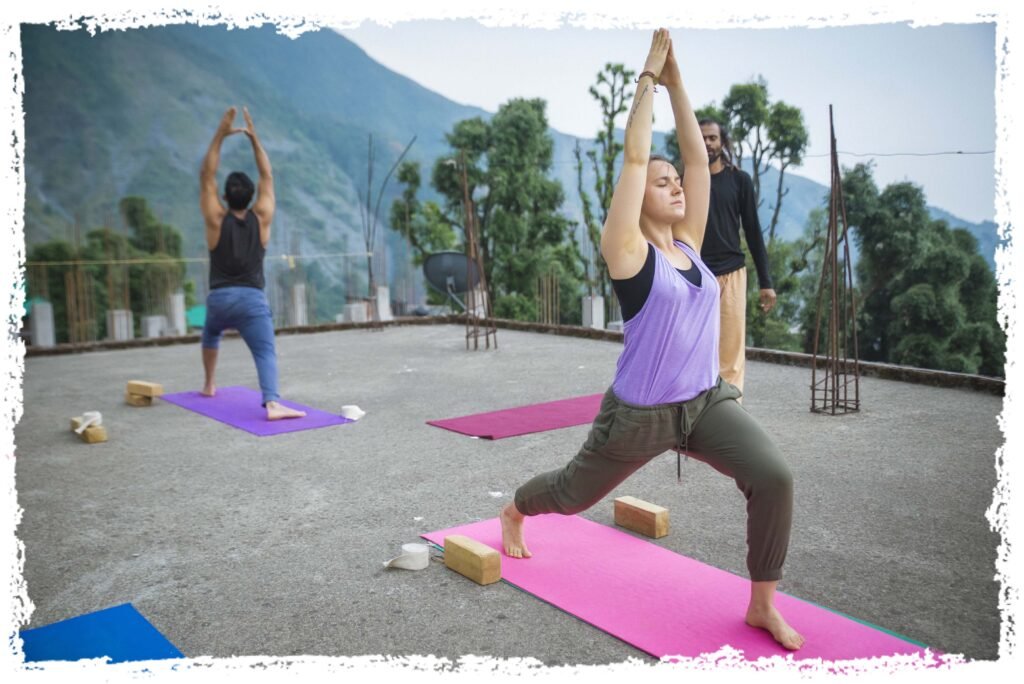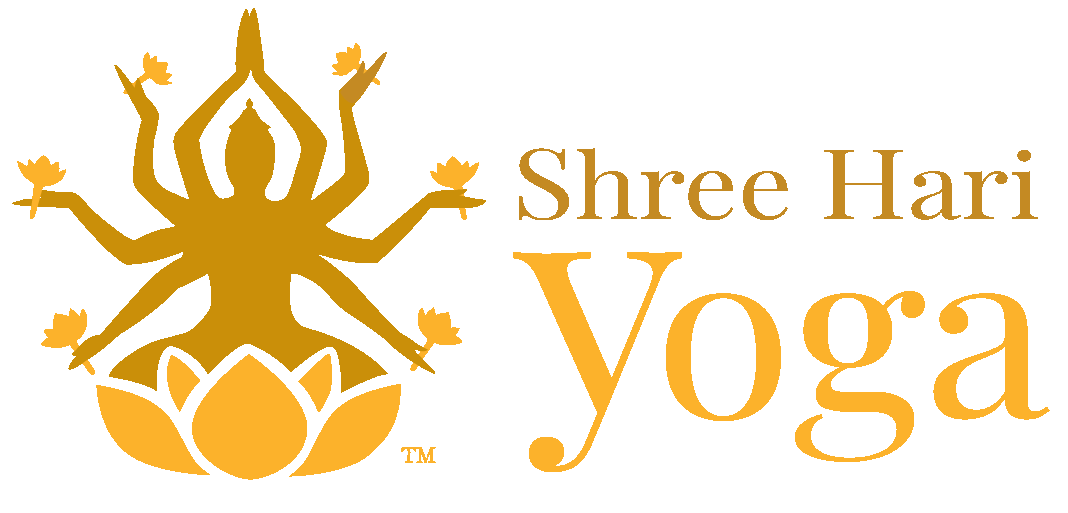
You will come across the Tristhana method when you practice Ashtanga Yoga. It is one of the methods, that can give you an upliftment above all else. The method mainly teaches a yoga practitioner how to use breath, gaze, or Drishti and asanas, to rise above the mundane body. The three most powerful principles in the realm of Ashtanga Yoga will be able to take your yoga practice in a transformative direction, to be exact. Vinyasa is the name that is used to navigate from one posture to another, in Ashtanga Yoga. And, Tristhana happens to be the guiding force for the same.
In most cases, you have to use Ujjayi breath, or victorious breath, as a part of the Ashtanga practice. And, the Mula bandha is the energy lock, that gives more substance to the practice. Additionally, the gaze or Drishti assumes prime importance in the practice of this form. To learn more about this form and Tristhana in general, read on.
What is Tristhana in Ashtanga Yoga?
It is the name that is used to denote the three-path approach toward enlightenment. Through this method, the yoga practitioners will be able to gain control of the senses and also develop a deep awareness of the internal sensations of the mind. If you practice this method with entire devotion, you can reach the zenith of your yoga practice. Moreover, the usage of this method will help you to deepen your yoga practice and related journey.
- So, you will first learn about the breath pattern, that we generally follow, i.e., Ujjayi breath. Pranayama is the other name for breath patterns. In the discipline of yoga, breath patterns assume a lot of importance, as they direct the inflow of fresh air which leads to the rejuvenation of the internal organs. Moreover, it also involves the exhalation of stale air, which is harmful to the body. Ujjayi Breath is a particular practice, in which you have to open and close the epiglottis, while breathing. The sound that emanates is similar to the waves of the ocean. It is the same practice, when you exhale to steam the mirror or any shiny surface in front of you.
- Bandhas are also quite important when it comes to the practice of Ashtanga Yoga. Bandhas are nothing but energy locks, which when restrained or released can direct the flow of energies to the correct place. The three main locks or bandhas are Mula bandha or root lock, Jalandhara bandha or throat lock, and Uddhiyana bandha or abdominal lock. Thus, you can utilize these bandhas to hold the Prana and also circulate the same around the organs and muscles.
- The Gaze of Drishti is another important tool, that you use in every asana or posture in this yoga form. This is nothing but the focus of your gaze, when you are in the yogic poses. The Drishti will vary from one to another in this yoga form. If you are a self-practitioner, it will be a good idea to shift the gaze toward the direction, in which the pose is moving.
The word ‘Vinyasa’ also assumes a lot of importance in the practice of Ashtanga Yoga. It links the poses with one another, to form a sequence. In this process, a lot of heat is also produced in the body, which leads to better blood circulation and also helps to remove the toxins.
More About Drishti In Yoga Practice
There are nine different gazes or Drishti, according to the tripartite theory of Ashtanga. They include your gaze towards the tip of the nose, fingertips, toes, thumb, navel, area between the brows, towards the sky, towards the right, and towards the left. Every pose in this form, has an assigned gaze.
Many of you may be wondering, why the gaze or Drishti is so important. It definitely improves the focus and also fixes your alignment. They are closely related to the movements of the neck and spine. Take the example of the cobra pose, where you either look in front or towards the ceiling. This enables you to keep your head in a favorable position, so that you do not get hurt. Apart from this yoga form, you will find the gaze slowly entering other forms as well. It is the convenience factor, that assumes a lot of importance here.
Here are the Drishti types and some examples of the asanas.
- Nasagra Drishti – It means gazing at the tip of the nose. You will use it in the standing forward folding asanas and the Chaturanga asana.
- Angushta Ma Dyai Drishti – It means that you have to fix your gaze at the middle part of the thumbs. You can use this gaze in the Warrior pose and Chair pose.
- Pahayoragrai Drishti – It means that you have to fix your gaze on the toes. It is mostly used in poses, where you have to touch your feet with your hands. In seated forward bends it is used quite often.
- Nabi Chakra Drishti – You have to gaze at the belly button in this pose. An example of a pose, in which you have to fix your gaze on the belly button, is the Downward Facing Dog pose.
- Hastagrai Drishti – In this pose, you have to gaze at the hands as in Triangle pose or Trikonasana.
- Parsva Drishti Left and Right – These are self-explanatory as you have to look either left or right, as you perform the asana.
- Urdhva Drishti – It is a pose, in which you have to look upward. You can use it in the Warrior Angle pose, or Half-Moon pose.
- Bruhmadhya Drishti – You have to gaze at the third eye in this. It is mainly used in poses such as the Fish pose, and Reverse Warrior pose.
Now, you can surely understand the wide spread of Drishti and there uses. You should always remember, not to strain the eyes too much, while gazing. If you are doing more actionable poses, the Drishti should be outwards and if you are into meditative poses, the gaze should be inwards. It helps you to focus on yourself, and on your wellbeing in general.
